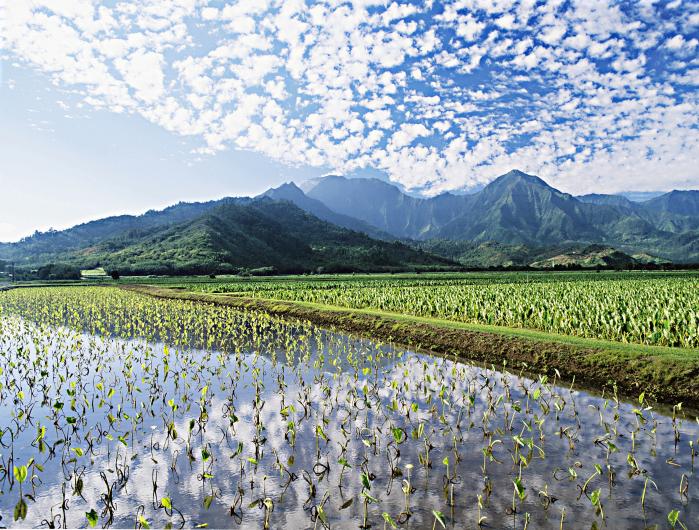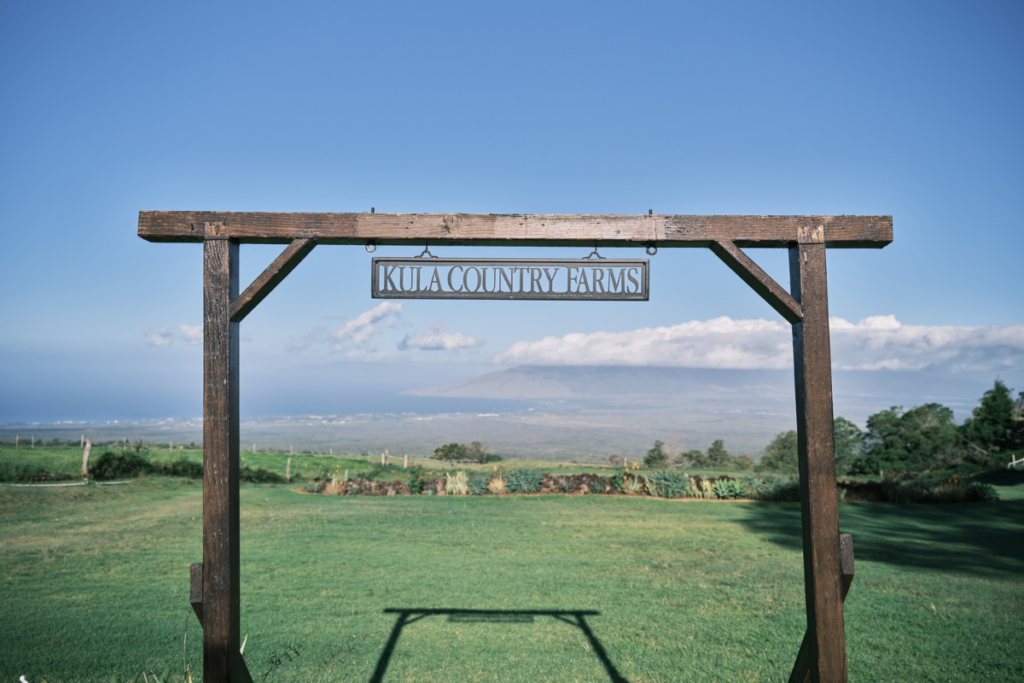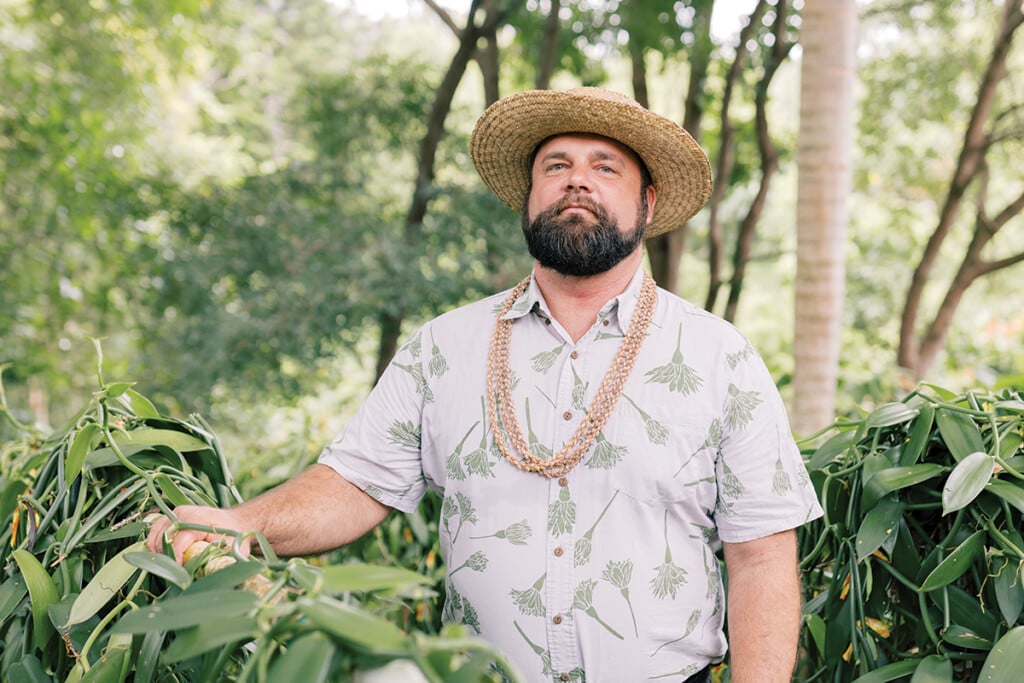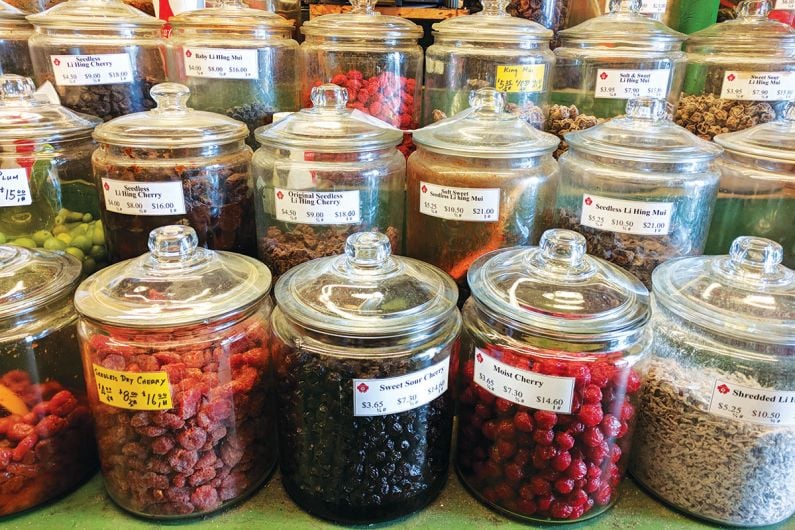Hanalei taro tour a journey into Kauai family’s farming history

Even dressed in muddy boots and jeans, Lyndsey Haraguchi-Nakayama has an entire tour group hanging on her every word. It’s not every day you get to meet a fifth-generation farmer from Kauai’s lush Hanalei Valley.
The wetland taro fields that stretch out green and glimmering as you cross the one-lane metal bridge into Hanalei? That’s Haraguchi Farm, the largest taro farm in the state.
Lyndsey’s great-great-grandfather began working these fields in 1924. They’re still worked by the family—her father and mother, brother, husband, even her 88-year-old grandfather and her 3-year-old daughter, making six generations in all. When she’s not giving one of her rare tours, Lyndsey spends her hours working the farm.
Taro grows in flooded fields called lo‘i, and the taro shoots are planted, tended and harvested by hand while wading in water and mud. It’s backbreaking labor. “Our family keeps chiropractors in business,” laughs Lyndsey.
Taro farming is arduous enough, but in addition, the low-lying fields are exposed to hurricanes and flash floods. The last flood, in November, 2009, almost wiped out the farm. Lyndsey’s mother had to be rescued from the farmhouse by Zodiac boat, and the family had to redo all its lo‘i and replace much equipment.
“It takes perseverance to be a farmer, maybe just being stubborn,” says Lyndsey. She brightens the group’s mood by telling how she learned to drive a tractor at age 6, specifically so that when floods came, she could drive one of the farm’s tractors to higher ground, while her father drove the other. “To me, it was fun.”

The dozen or so people on this tour seem deeply affected by the trials of life on the lo‘i. You can tell by their reaction to the snails.
In the 1980s, apple snails were introduced to Hawaii, originally for aquariums. They got loose—and devastated taro crops. The snails lay bright pink egg sacs, easily visible against the green taro stalks.
Suddenly everyone on the tour is wielding a long-handled strainer, doing his or her best to scrape pink snail eggs off the plants. Lyndsey has to keep reminding them not to go into the water. “You’ll get stuck, and the mud will ruin your shoes.”
After the snails, the group heads to the tour’s historic attraction, the Haraguchi Rice Mill. These fields were taro in ancient times. When the Haraguchi family bought them in 1924, they were planted with rice. Rice was the Haraguchis’ main crop until competition from California made them switch back to taro in 1962.
The rice mill, stocked with machinery from Japan, was for decades a major part of the Kauai agricultural scene and the mainstay of the family business. Although it’s no longer used, the family has preserved the rice mill as a nonprofit historic landmark, rebuilding it after not one, but two hurricanes, not to mention the occasional flood. It’s now filled with a growing collection of historic artifacts.

In 1984, Lyndsey’s mother, a former teacher, instituted free tours of the rice mill for schools, over the years ushering some 25,000 Kauai students and teachers through the mill. In 2005, with little or no fanfare, Lyndsey started the paid tours for adults, by arrangement only, usually once a week. “It started slow,” she says, “but it’s grown, mainly by word of mouth.”
A tour of a historic rice mill and taro fields is not for everyone, but those who go seem to be deeply engaged. It’s not a canned tour. Lyndsey isn’t reading from a script, she’s immersed in the subject and family history, able to answer questions on everything from turn-of-the-century mill engineering to endangered birds, since the taro fields also function as a wildlife sanctuary.
At the mill, we get a chance to pound poi, drink coconut water and sample Hawaiian-style coconut-taro cakes. That’s not the only food. The tour ends as it began, at the solar-powered lunch wagon, Hanalei Taro & Juice Co., run by Lyndsey’s husband, Brad Nakayama.
The tour includes lunch. “How do I eat this?” asks one guest of the laulau (You unwrap the shiny green ti leaves, but you eat the darker green taro tops wrapped round the pork). Other guests take one look and choose turkey sandwiches.
Over lunch, I talked to Shann and Les Anderson, visitors from Maple Grove, Minn. It’s Shann’s second tour. “I went last time we were here, a couple of years ago,” she says.
“This time, I told Les, You have to take this tour. You have to love Lyndsey and her family. Farming’s a hard life, even in Hawai‘i.”


